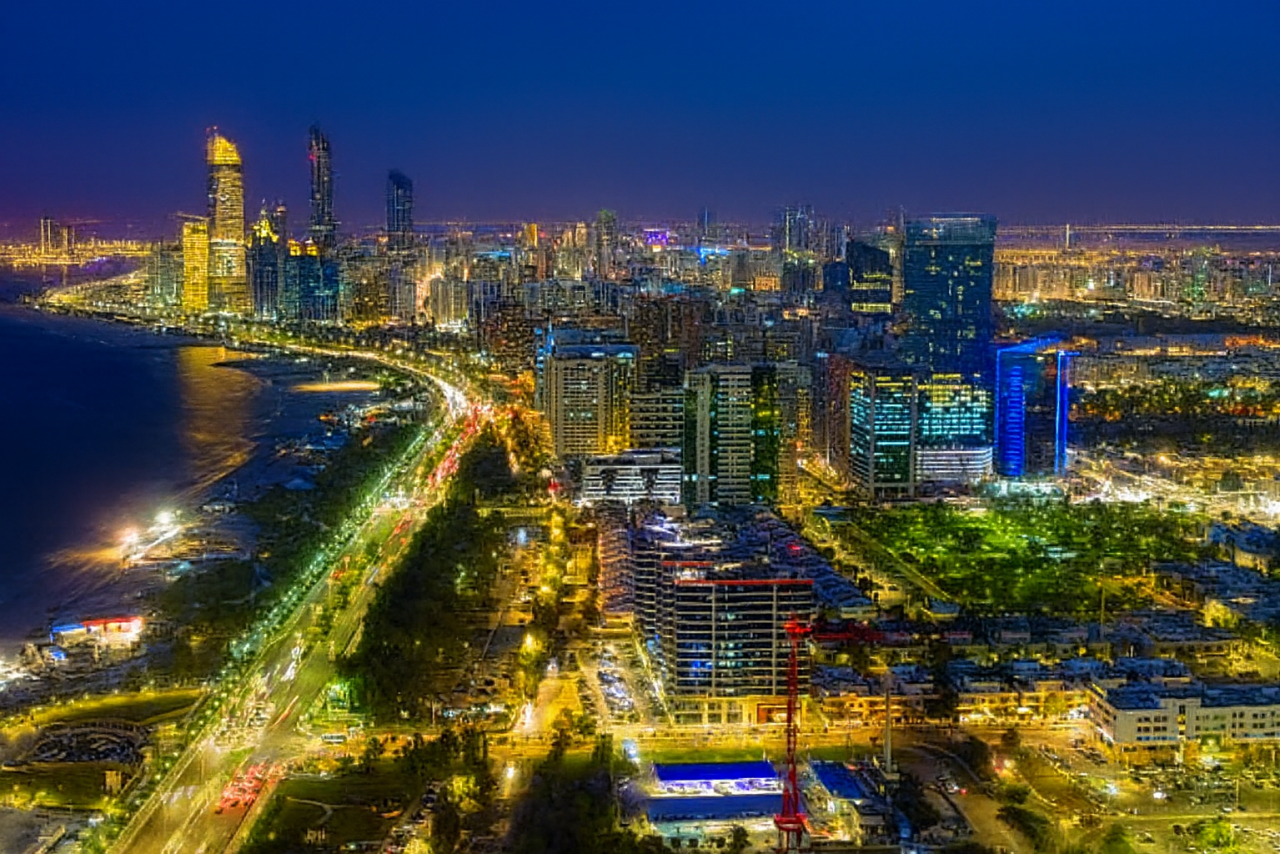
The UAE is no stranger to grand-scale urban development, but the recently announced mixed‑use mega‑project between Dubai and Abu Dhabi could well become one of its most ambitious undertakings yet. Spanning 50 million square feet, the new community in the Al Mamoura district is set to redefine the corridor linking the two cities. Anchored by one of the region’s largest malls, this development aims to integrate living, work, culture and leisure into a single dynamic hub.
The Land Deal & Strategic Location

At the heart of the announcement is a Dh2.47 billion land sale agreement between AD Ports Group and Mira Developments. This parcel is located along the Dubai–Abu Dhabi highway in Al Mamoura, forming part of AD Ports’ 16 km² “Town Centre Area.”
The developers are banking on strategic connectivity: the site lies within 50 km of both Al Maktoum International Airport and Zayed International Airport, making it convenient for residents, visitors, and logistics alike. Moreover, the project is expected to link into the future Etihad Rail passenger service, giving it a further edge in transit access.
What Will Be Built?
This is not just a mall; it is a full-fledged mini‑city. The plans outlined so far include:
- Residential zones: 14,000 apartments, 1,700 villas, 1,000 townhouses
- Hotels & hospitality: Three hotels, including two five-star properties
- Education & institutions: Two universities, three international schools, eight kindergartens
- Healthcare: A 200‑bed hospital
- Cultural & civic structures: Three mosques and two museums
- Recreation & sports: A championship golf course, indoor/outdoor sports centres, green corridors
- Office & commercial space: Business complexes, retail streets, hospitality zones
- The mall: The centerpiece — a three‑million-square‑foot retail destination — expected to rank among the largest in the region.
One striking design ambition: the upper levels of the city are planned to be car-free, emphasizing pedestrian movement, sustainable mobility, and urban safety. Energy planning is also bold, targeting up to 60 percent of power needs via solar installations on rooftops, façades, and shaded walkways.
Investment Scale & Timeline
This development is pegged at an eye‑watering AED 55 billion (roughly USD 15 billion) in total investment. The land deal itself is among the largest on record in Abu Dhabi.
Construction is expected to begin within the next year, and the project may be completed over the next decade. Some reports suggest a target date around 2035 for full realization.
Why This Project Matters
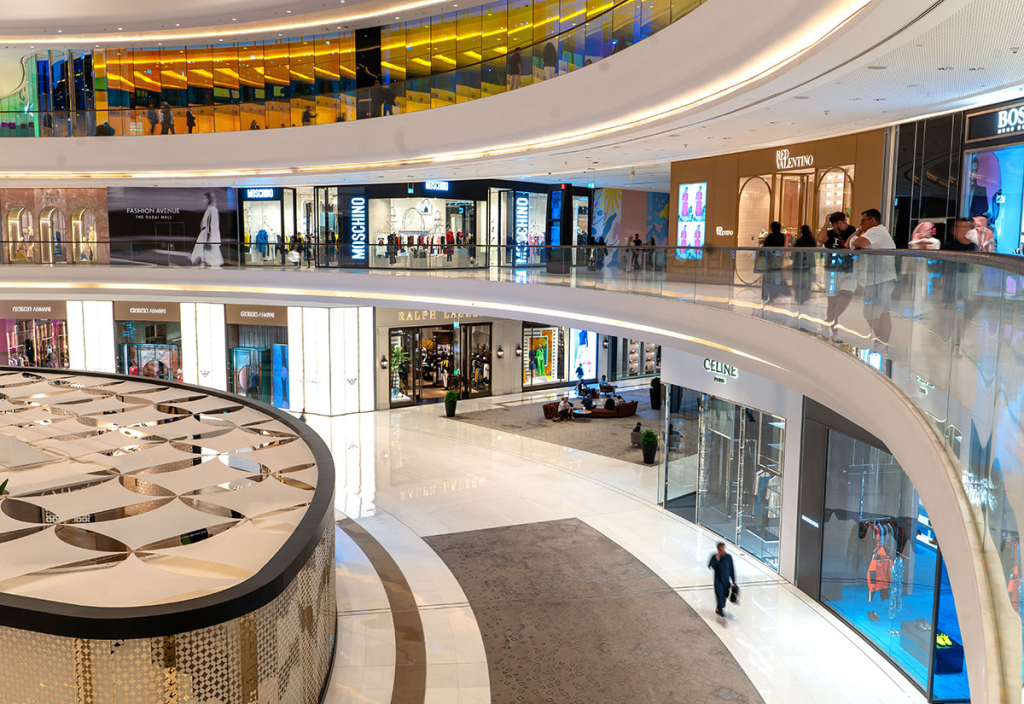
1. Closing the Dubai–Abu Dhabi Gap
For those commuting or living between the two emirates, this development offers a home base that bridges the gap. Rather than being tied exclusively to one city, residents can leverage amenities in both. Its location along the main highway corridor strengthens the idea of a mid‑point city.
2. Retail & Tourism Magnet
A mall of 3 million sq ft will attract not only local shoppers but tourists and regional visitors. It could become an anchor destination in the wider UAE retail landscape. Coupled with hotels, cultural institutions, and leisure attractions, the project aims to boost tourism and spending beyond just local consumption.
3. Sustainable & Smart City Ambitions
From the car-free upper levels to solar energy coverage, the design signals a push toward sustainable urbanism. Integrating transit (rail, road, walkability) and reducing dependence on private cars align with global trends in future city planning.
4. Economic Diversification & Job Creation
Such a mega development will generate opportunities in construction, retail, hospitality, professional services, and more. Over its lifecycle, it could help diversify employment beyond oil, logistics, and port activities.
Challenges & Considerations
Ambition always brings risk. A few points to watch:
- Phasing & demand: With so many components, ensuring occupancy (residential, retail, offices) will require strong market demand and careful phasing.
- Connectivity infrastructure: Roads, rail, utilities must scale in tandem to avoid bottlenecks.
- Environmental stress: Water, energy, heat management will be critical in the UAE’s harsh climate.
- Competition: Existing mega‑malls and developments in Dubai, Abu Dhabi, and other emirates will compete for tenants and visitors.
- Regulatory & coordination complexity: Because it spans interests between Dubai and Abu Dhabi (and involves federal infrastructure), project governance will have to align across multiple authorities.
What’s Next?

Over the coming months and years, we can expect:
- Masterplan details and architectural visuals
- Tendering and partnerships with global retail and hospitality brands
- Infrastructure announcements (roads, utilities, rail)
- Early residential launches and sales campaigns
- Gradual rollout of public amenities (schools, hospitals, cultural sites)
For now, this project signals the UAE’s continued boldness in urban development — not merely building cities, but crafting complete ecosystems. If executed well, this Al Mamoura community could be a model for integrated, sustainable, cross-emirate living in the 21st century.

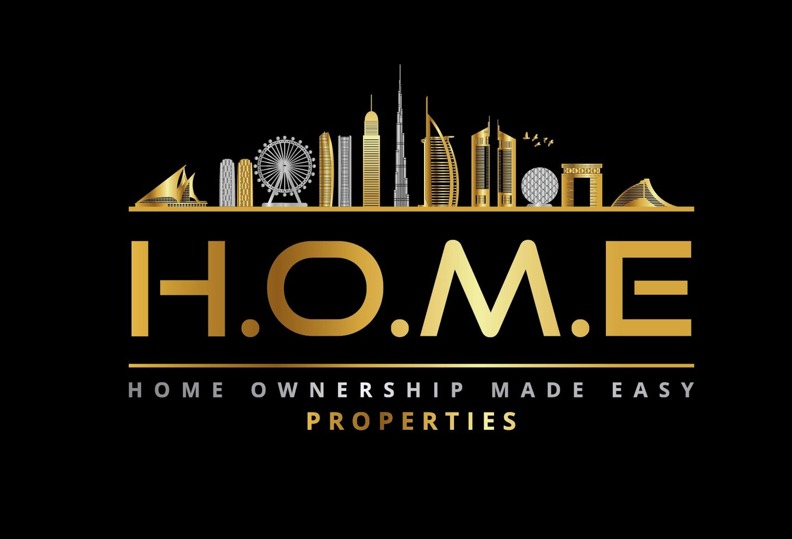
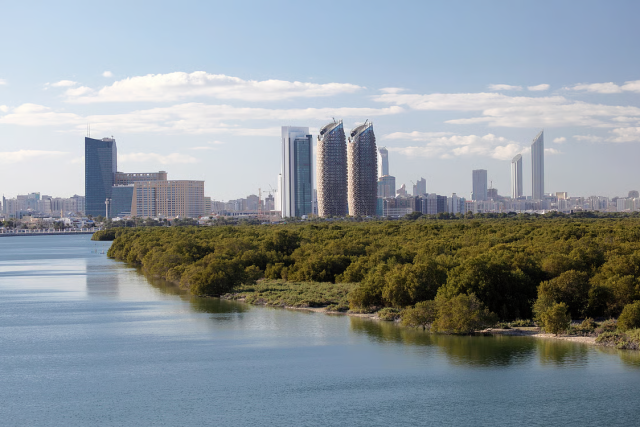
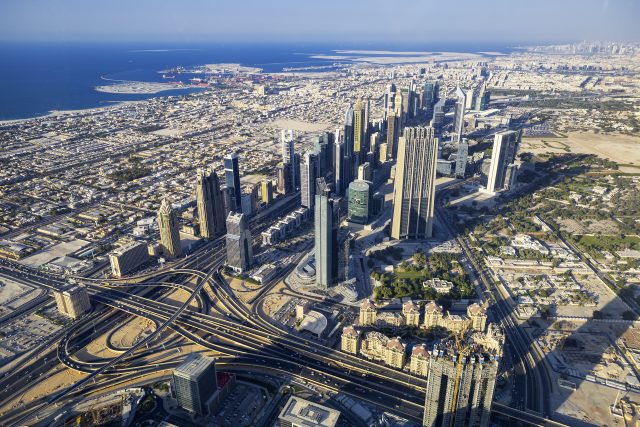

Leave a Reply